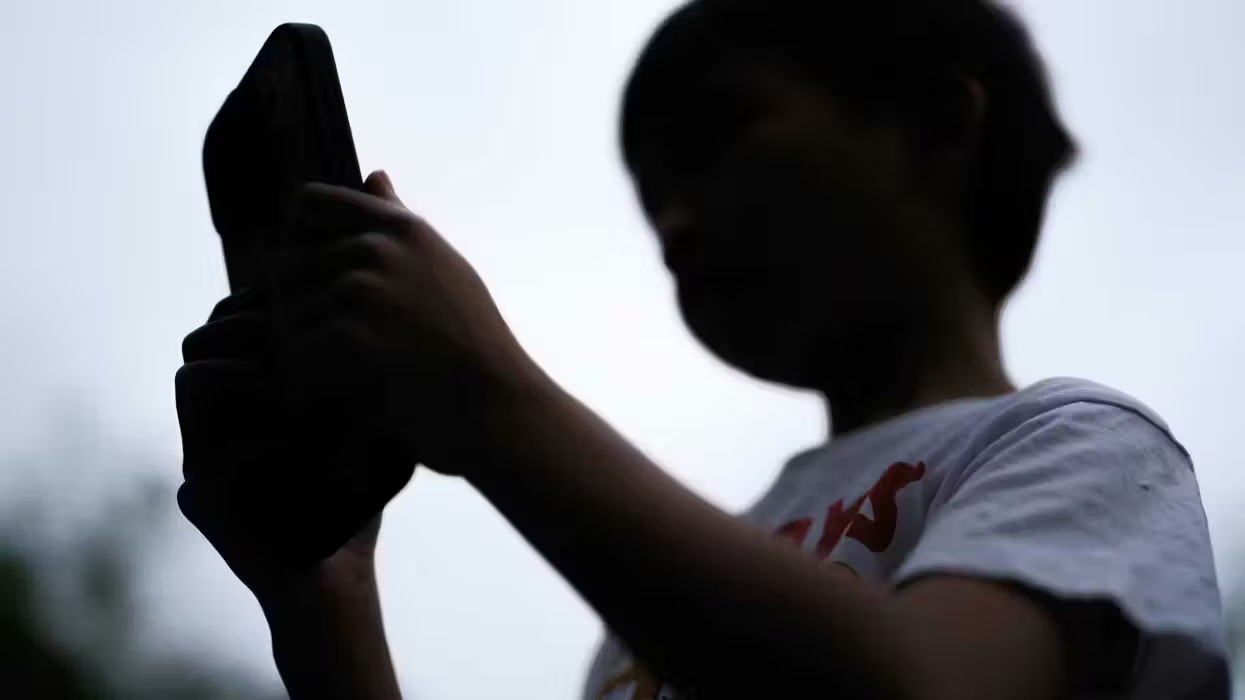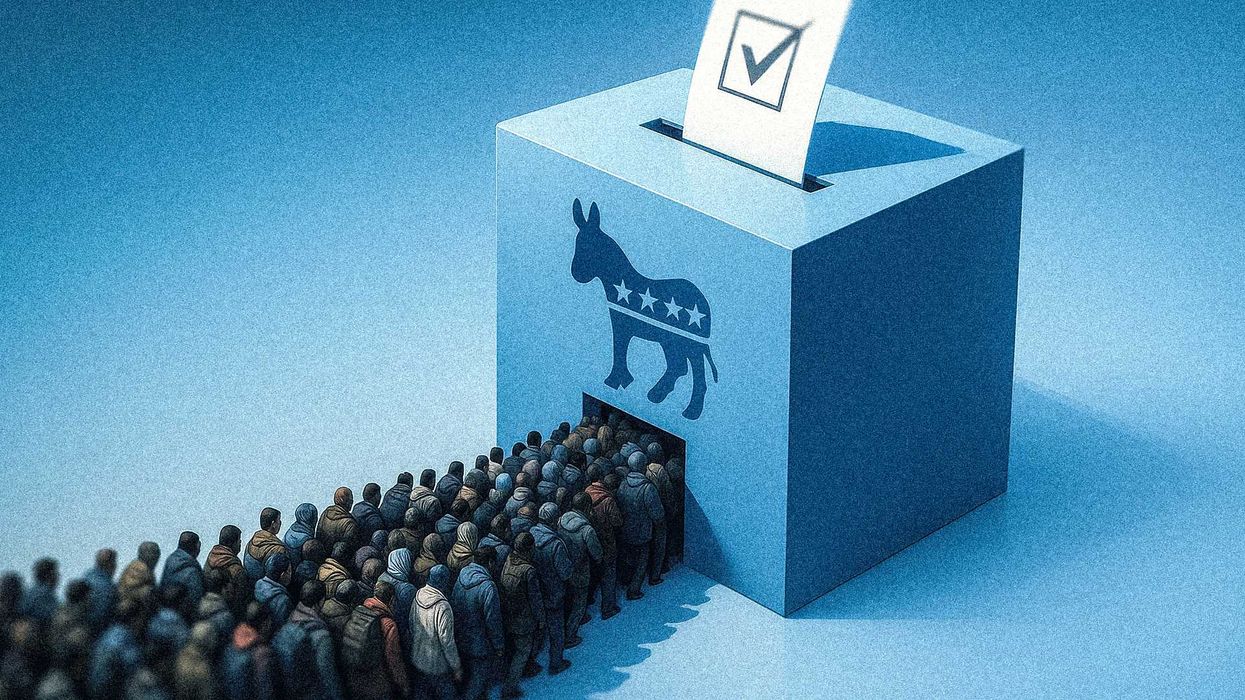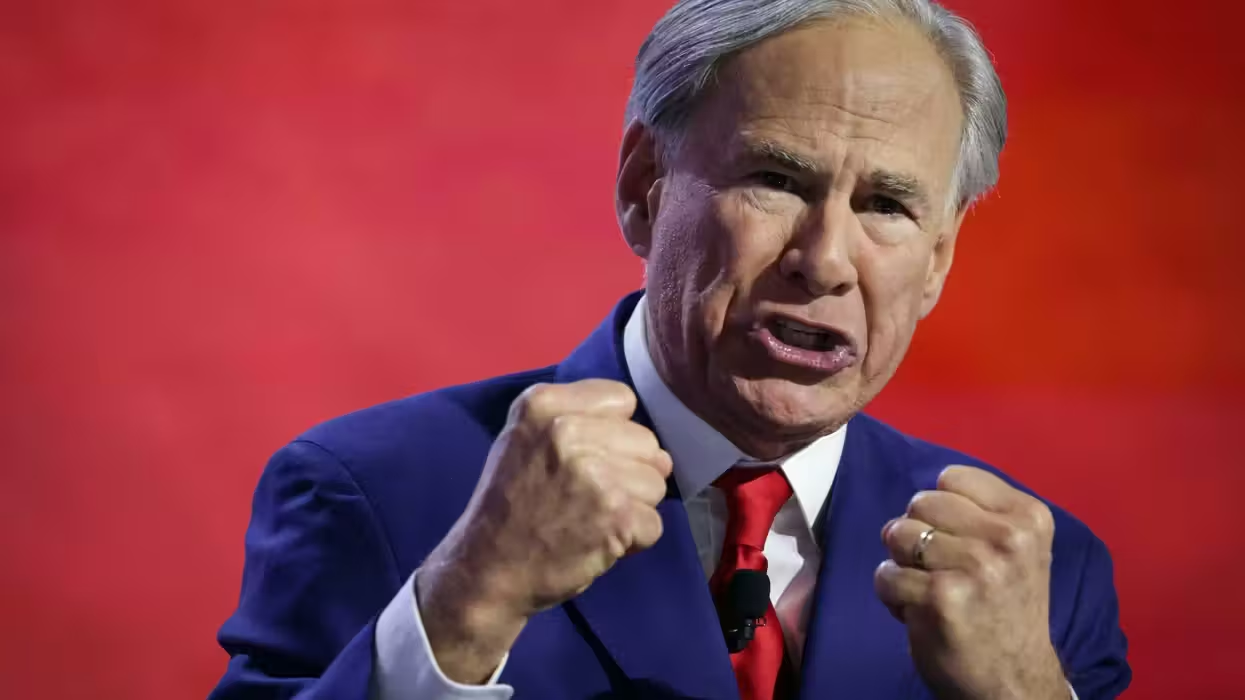
© 2025 Blaze Media LLC. All rights reserved.
49ers New Stadium Seeking to Connect Thousands of Fans at Once on First-of-Its-Kind Wi-Fi Network
April 07, 2013
"Can 70,000 people get on the network at once?"
The demand for Wi-Fi to serve the exponentially increasing amount of tablet and smartphone users is beginning to expand to in-flight airplanes, but another venue where their use is either controversial or service inadequate is seeing an overhaul as well -- sporting arenas.
Many have balked at the idea of people being connected -- for whatever reason -- at a sporting event because it could mean they're not watching the game. Not only that, but there is also a problem with growing use of such devices when it comes to network capacity.
“If you give fans bandwidth, people are going to use it, and they’re going to use it for intensive applications,” Bill Schlough, San Francisco Giants senior vice president and chief information officer, told Sports Business Journal about stadium Wi-Fi last year. “There’s just this absolutely explosive demand happening, and no matter how much capacity you have, the demand continues to rise up to meet that.”
The San Francisco 49ers not only embrace completely the idea of widespread stadium Wi-Fi, but they hope to improve it, announcing plans for its new stadium to have one of the best public Wi-Fi connections of any arena.
 Stadium under construction. (Photo: San Francisco 49ers)
Stadium under construction. (Photo: San Francisco 49ers)
Ars Technica has more on the capabilities this would allow for a 68,500-seat stadium, expected to be complete for the 2014 season:
Until now, stadium executives have said it's pretty much impossible to build a network that lets every single fan connect at once. They've blamed this on limits in the amount of spectrum available to Wi-Fi, despite their big budgets and the extremely sophisticated networking equipment that largesse allows them to purchase. Even if you build the network perfectly, it would choke if every fan tried to get on at once—at least according to conventional wisdom.
Not everyone believes though that a network where such a large number of people would be able to access the Internet at once is possible (emphasis added):
The New England Patriots installed a full-stadium Wi-Fi network this past season as well. It was never used by more than 10,000 or so people simultaneously, or by more than 16,000 people over the course of a full game. "Can 70,000 people get on the network at once? The answer to that is no," said John Brams, director of hospitality and venues at the Patriots' network vendor, Enterasys. "If everyone tried to do it all at once, that's probably not going to happen."
 San Francisco 49ers head coach Jim Harbaugh, left, listens as team owner Jed York speaks at a groundbreaking ceremony at the construction site for the 49ers' new NFL football stadium in Santa Clara, Calif., Thursday, April 19, 2012. (Photo: AP/Jeff Chiu)
San Francisco 49ers head coach Jim Harbaugh, left, listens as team owner Jed York speaks at a groundbreaking ceremony at the construction site for the 49ers' new NFL football stadium in Santa Clara, Calif., Thursday, April 19, 2012. (Photo: AP/Jeff Chiu)
Ars Technica has reported previously about the problems stadiums have had with Wi-Fi service in the past.
Senior IT Director Dan Williams for the Santa Clara, Calif., 49ers stadium, who came to the team after working on Facebook's network, told Ars Technica it's completely possible, shirking Wi-Fi designs that only offer a portion of fans access and limit bandwidth to prevent slow-downs.
"[...]Our intentions in terms of Wi-Fi are to be able to provide a similar experience that you would receive with LTE services, which today is anywhere from 20 to 40 megabits per second, per user," Williams said. "The goal is to provide you with enough bandwidth that you would saturate your device before you saturate the network."
 A worker walks by a cement truck during construction of the new San Francisco 49ers NFL football stadium in Santa Clara, Calif., Monday, May 21, 2012. (Photo: AP/Paul Sakuma)
A worker walks by a cement truck during construction of the new San Francisco 49ers NFL football stadium in Santa Clara, Calif., Monday, May 21, 2012. (Photo: AP/Paul Sakuma)
Here's the problem most stadium Wi-Fi designs face, as explained by Ars:
"A typical layout is overhead, one [access point] in front of the section, one behind the section, and they point towards each other," he said. "This overhead design is widely used and provides enough coverage for those using the design."Williams would not reveal the exact layout of the 49ers' design, perhaps to prevent the competition from catching on. How many access points will there be? "Zero to 1,500," he said in a good-natured attempt to be both informative and vague.
[...]
"The access points will be "spread and distributed. It's really the best way to put it. Having your antennas distributed evenly around fans." The 49ers are testing designs in Candlestick Park and experimenting with different access points in a lab. The movement of fans and the impact of weather on Wi-Fi performance are among the factors under analysis.
It will take miles of cables to support the network, according to Ars, but interestingly the whole tech team for its implementation only consists of 10 people in-house -- this is not an outsourced operation.
Read more details about the 49ers project and the challenge of bringing Wi-Fi to stadiums in general here.
Want to leave a tip?
We answer to you. Help keep our content free of advertisers and big tech censorship by leaving a tip today.
Want to join the conversation?
Already a subscriber?
more stories
Sign up for the Blaze newsletter
By signing up, you agree to our Privacy Policy and Terms of Use, and agree to receive content that may sometimes include advertisements. You may opt out at any time.
Related Content
© 2025 Blaze Media LLC. All rights reserved.
Get the stories that matter most delivered directly to your inbox.
By signing up, you agree to our Privacy Policy and Terms of Use, and agree to receive content that may sometimes include advertisements. You may opt out at any time.






